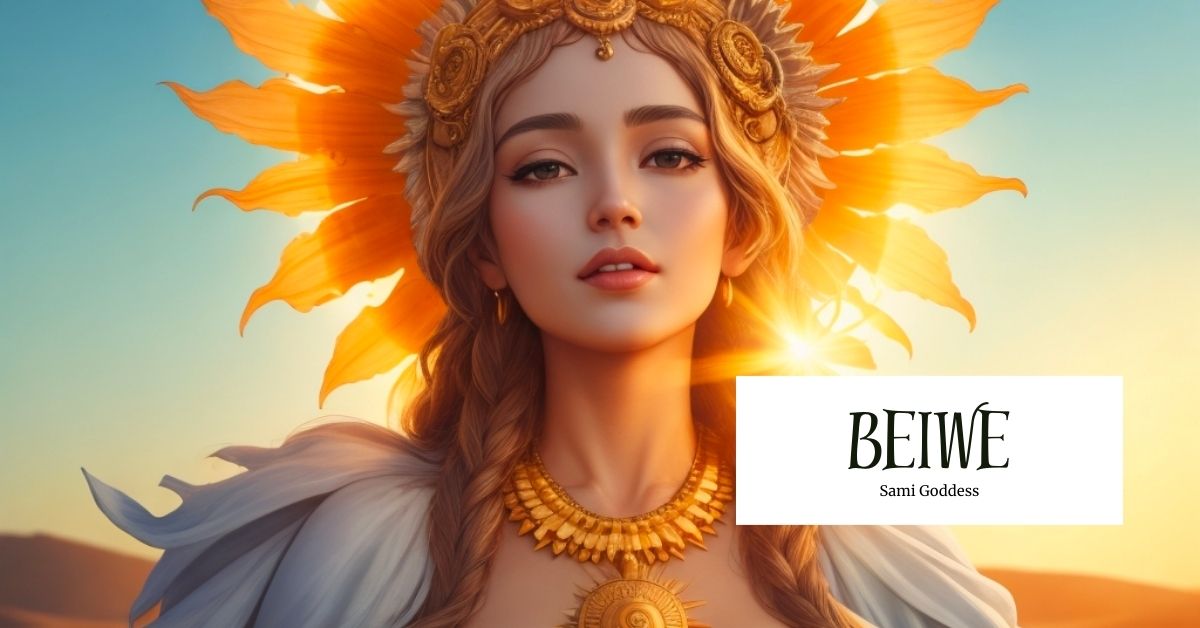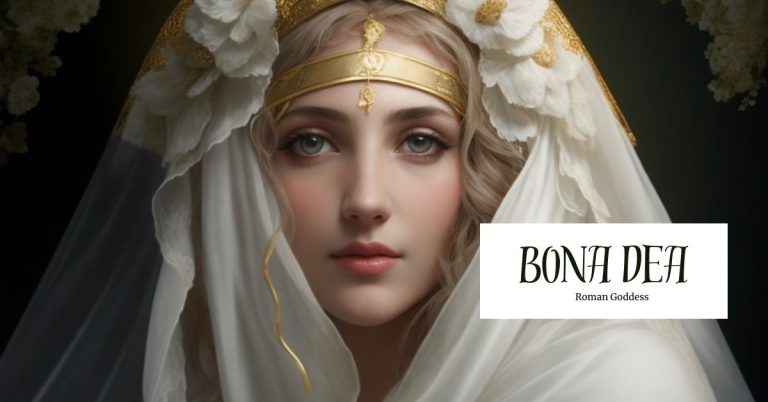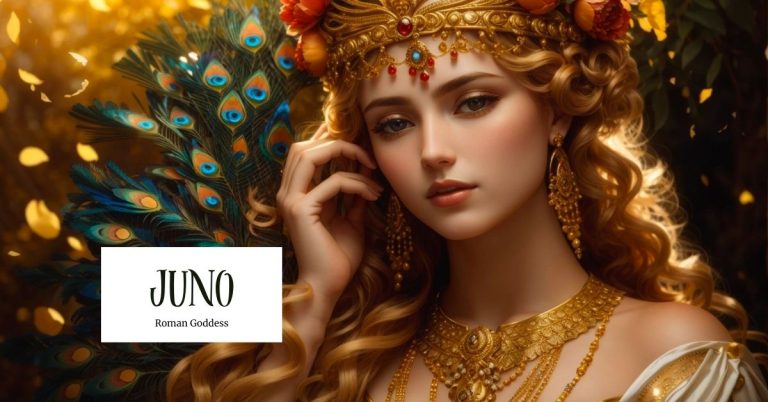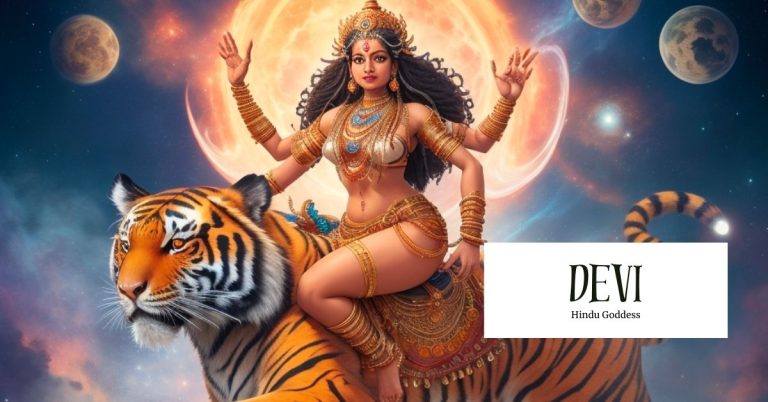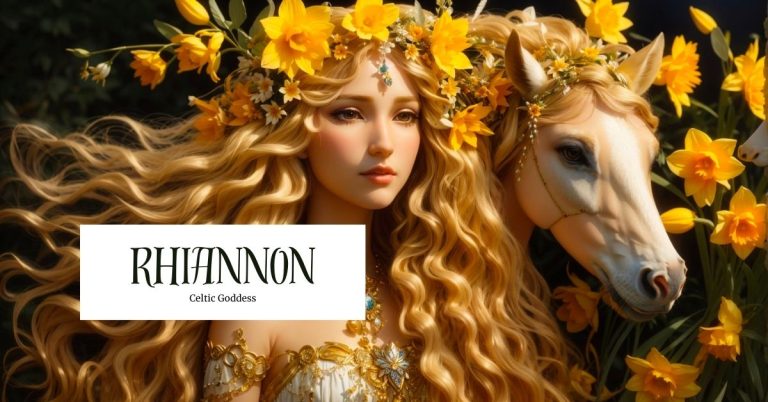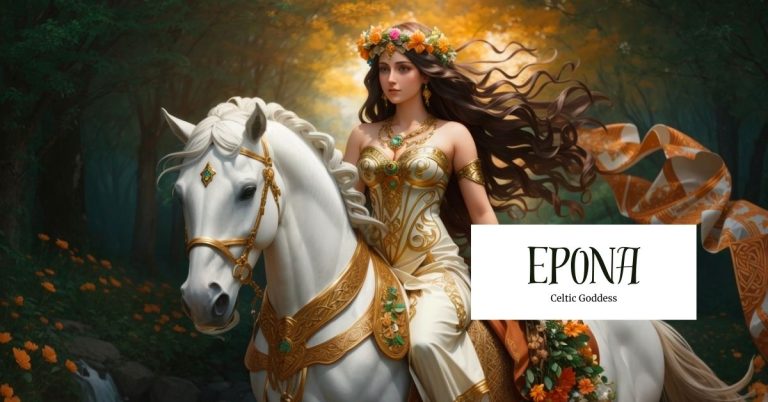Beiwe: The Goddess of the Sun
Beiwe, The Goddess of the Sun, is just one rendition of the Sami sun goddess. There are a few different versions of the sun deity in Sami culture, but Beiwe is a popular option. Beiwe is the goddess of the sun, rebirth and sanity. Because of the cold and harsh winter weather climate where the Sami resided, Beiwe is highly worshiped by the Sami people in order to ensure that the sun continues to shine.

Source: Kathleen Prophet
Overview of Beiwe
Beiwe is the goddess of the sun, rebirth in nature, sanity, fertility and more. Many deities in Sami culture are not personified—they just existed in nature because of the Sami’s views. Beiwe was sometimes portrayed as masculine, but more often portrayed as feminine, like many of the other Sami deities.
Beiwe was said to have a daughter named Beaivvi Niedia, who is known as the sun maiden. Both Beiwe and her daughter are tied to rituals during both the winter and summer solstice. Sacrificing white reindeer to both women were common, or tying white ribbons on animals to be sacrificed. Beiwe and Beaivvi are highly worshiped because of the winter conditions where the Sami people live that can become dangerous and cause mental health issues, so respect and sacrifices for the sun are very vital to the Sami people.
Titles
Beiwe is known as the sun goddess, goddess of fertility, and goddess of rebirth in nature. Her name variations include Beaivi, Bievve, Beivve or Biejje. Some sources believe Beaivi to be the masculine version.
Beiwe is also the goddess of sanity because the sun provides humans with vitamin D, which helps with health and happiness. Because of the intense winters, Sami people prayed to Beiwe for those who were mentally ill and were greatly affected by the lack of sun during the long winters.

Source: Blogspot
Abilities
Beiwe provides fertility to humans, to animals, and to the land. The sun is an important tool for survival of animals and plants, and the animals and plants in turn ensure the survival of humans. Seasonal depression was very much real for the Sami people as well during the winter. Beiwe had the ability to chase away the winter and restore life back into the land and the people.
White female reindeer were sacrificed during the Winter Solstice to Beiwe. The Sami people thought making the reindeer sacrifice during the summer was rude because the flames of the sacrifice might shine brighter than the sun, which might upset Beiwe. If a white reindeer was not accessible, the Sami people would tie white ribbons on animals to sacrifice instead. The sacrificed animal meat would then be threaded onto sticks and bent into rings and tied with ribbons.

Source: Medium
The Sami people also sacrificed porridge to the sun maiden, Beiwe’s daughter. The sun maiden was the protector of reindeers, so making sure the sun maiden was taken care of ensured the health of the reindeers year-long, until the specific ones were sacrificed to Beiwe. Reindeer brought wealth to the Sami people, so it was important they were healthy and strong all year, even through the harsh winters.
Source: Tumblr
History of Sami mythology
The Sami people have lots of rituals and beliefs when it comes to the weather, the land and the sun. Because the Sami occupied parts of Norway, Sweden, Finland and Russia, the winters were harsh and cold. It could be a real devastation to the Sami community, for the winter could damage the land, vegetation, animals, and humans as well. During the winter months, the Sami believed the sun was ill, so they painted fat on their doors so that the sun could eat the fat and grow strong. When the sun did appear, people went outside to bow to the sun. In the summer, butter was painted onto doors so the sun could go higher in the sun. During the Summer Solstice, sun-rings were made of leaves and pinned up to honor Beiwe. Cakes made from reindeer blood were made in the winter and hung in trees for the sun to eat and grow stronger.

Source: Wikipedia
Sami, also spelt Saami, is the population of people who inhabit the region of Sapmi, which is comprised of Norway, Sweden, Finland and Russia. Sami is its own language and is part of the Uralic language linguistic group. Other languages in this group include Finnish and Hungarian. The Sami people are descendants of nomadic communities who lived in northern Scandinavia for thousands of years. Reindeer herding, sheep herding, fishing and fur trapping are a few livelihoods the Sami are known for.
Traditional Sami religion and spiritual practices are considered to be animism—the belief that all naturalistic objects possess a soul. Examples can include rocks, plants, animals, and anything in the natural world. The Sami religion and beliefs can vary slightly from region to region, but the main deities of the Sami culture remain mostly the name, even though some may have different names for the same deity.

Source: ThorNews
Unfortunately, very little of Sami religion and mythology has been translated into English. In the 1800s, a Luther pastor named Levi Laestadius collected some fragments of this mythology, but it was poorly translated and weak explanations for lost historical resources. The Kalevala is a written book that focused on Finnish mythology, but also spoke of deities that were similar to the ones in Sami culture.
Influences of other religions/cultures
The presence of Christainty in Sami culture was active during the Roman Catholic middle ages, but the 17th century is when Norway and Sweden colonized Sami and Christianity was a main focus. In the kingdom of Denmark-Norway, the practicing of Sami religion resulted in a death penalty, for it was thought of as witchcraft. A Chrisitan mission was enacted in the 17th century to convert the Sami people to Christianity. During this period, the Sami people practiced Christianity in public, but in private, still continued their Sami religion.
Before Christinaity, women in Sami culture had higher regards in society because they were seen as the primary caregiver of the family and the one responsible for the family’s survival. The female deities contributed to the idea that Sami women were well-respected in society and were mainly equal to men. However, once the ideas of Christianity reached the Sami people, this ideology changed.
Final thoughts
Beiwe could be considered one of the most important goddesses in Sami mythology because of her ties to the survival of plants, animals and people. Beiwe has a huge role in Sami culture and acts as a personified version of the sun that people could pray to, make sacrifices to, and look to. The sun provided the Sami people land and animal fertility, happiness and health, and more, especially while living through the long and dark winters. Beiwe is a perfect example of the Sami’s animism views.

